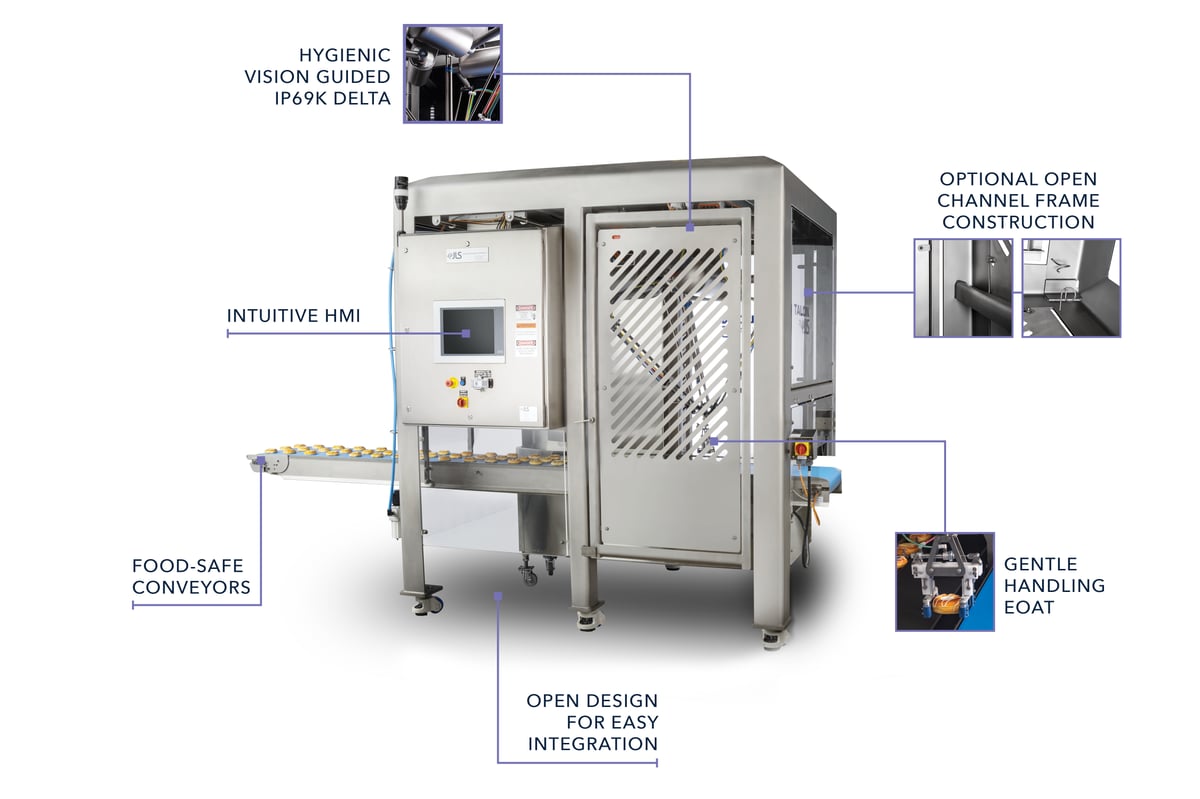Automation is revolutionizing industries, with robots taking on essential tasks to increase efficiency and reduce human error. One such machine that has garnered significant attention is the pick and place robot, a versatile tool for handling and packaging products. In particular, carton loading applications benefit greatly from this innovation. This article explores the vital role of pick and place robots in optimizing carton loading processes and how these machines are transforming packaging operations.
What is a Pick and Place Robot?
A pick and place robot is a type of industrial robot designed to handle, sort, and place objects from one location to another. It typically uses suction cups, grippers, or magnets to pick up products and place them into containers, trays, or cartons. These robots are programmed for repetitive tasks such as sorting, stacking, and carton loading. The pick and place robot is equipped with precise sensors and advanced programming, enabling it to handle a wide range of items with accuracy.
The Importance of Carton Loading in Manufacturing
Osprey Case Packers is a critical part of the packaging process, especially in industries like food, pharmaceuticals, and consumer goods. Efficient carton loading ensures that products are packed securely, reducing the chances of damage during transportation. Traditional methods of carton loading often require significant labor, which can lead to inefficiencies and inconsistencies. The introduction of pick and place robots into this task has streamlined the process, allowing for faster, more consistent loading.
How Pick and Place Robots Enhance Carton Loading Efficiency
The integration of pick and place robots into the carton loading process has led to increased productivity. These robots can quickly pick up items from conveyor belts and place them precisely into cartons. The robot’s ability to work around the clock without breaks has significantly sped up the packaging process. Moreover, the accuracy of the pick and place robot reduces the risk of overpacking or underpacking, ensuring consistent product quality and reducing waste.
Adaptability of Pick and Place Robots in Various Industries
One of the greatest strengths of the pick and place robot is its versatility. It can be easily adapted to a variety of tasks, including carton loading, across different industries. In food processing, for example, the robot can handle delicate products such as fruits or packaged snacks without damaging them. In pharmaceutical packaging, the robot can handle bottles or blister packs and carefully place them into cartons. This adaptability makes the pick and place robot an indispensable tool for various sectors.
Improving Workplace Safety Through Automation
Another significant advantage of using pick and place robots for carton loading is the improvement in workplace safety. By automating tasks that would typically require manual labor, workers are exposed to fewer risks associated with repetitive lifting, bending, and carrying. With pick and place robots performing the heavy lifting, human employees can focus on more complex tasks, such as quality control, ensuring a safer working environment.
Conclusion
The integration of pick and place robots in carton loading applications has greatly enhanced the efficiency and safety of packaging operations. These robots not only speed up the process but also ensure consistent, accurate product handling. With the continuous advancement in technology, the future of pick and place robots looks promising, making them an essential tool in modern manufacturing and packaging processes.




